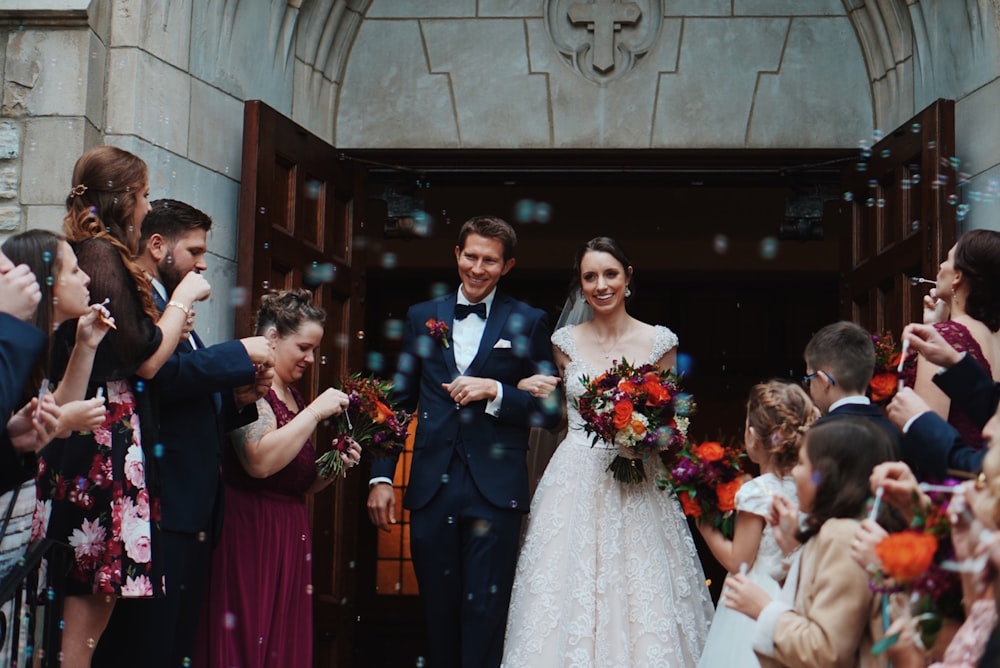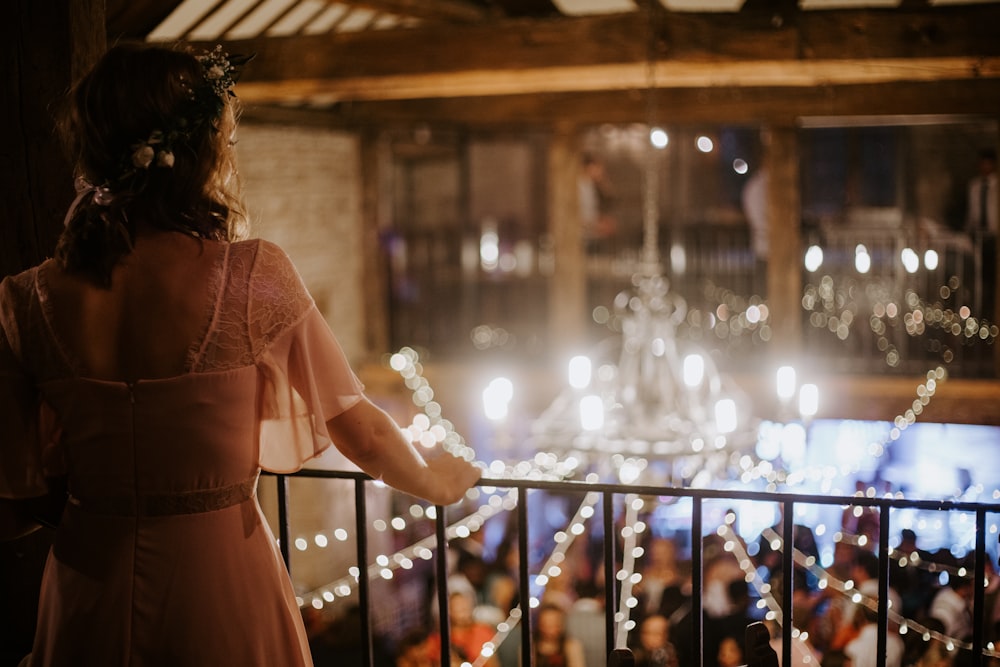Wedding etiquette is the "traditional" behaviour which may dictate how you plan and carry out your wedding. Some brides may like to follow the traditional etiquette from previous generations. But others may enjoy rebelling a little and creating their own! Remember that etiquette is a conventional code and not a rule book. Follow the traditions you like, and change the ones you don't! It's your wedding, so you can set the standards in order to create your perfect wedding. Here we have set out common wedding etiquette for you to embrace or discard as you see fit!
Asking Permission
One of the oldest wedding traditions is for the groom to ask the bride's father for his daughter's hand in marriage. Although times have changed, this is still a popular convention! It shows the groom's desire for approval before popping the question.
Announcing the Engagement
Once engaged, traditionally the bride and groom to inform their immediate family and godparents before making a public announcement. For many families, the public announcement would appear in the newspaper. However, with the spread of social media, posting a photo of your ring with "#engaged" may have replaced the Telegraph!
A White Dress
A white wedding dress symbolises purity so etiquette dictates you should only choose a white dress if you have not been married before. Guests should never wear a white dress to a wedding, regardless of what the bride is wearing!
Who Pays for the Wedding?
Traditionally, the wedding cost was split between the groom and the bride's parents. The bride’s parents pay for the dress, photography, bridesmaid dresses and reception (including the cake). The groom then pays for the church, honeymoon, buttonholes and the bride’s flowers. As women have become more financially independent, nowadays the bride and groom tend to pay for their big day themselves. (Perhaps with a little help from both their families). To maintain some tradition in “who pays for what,” you could ask your parents to pay for your dress.
Invites and RSVP's
As well as the "correct" wording of invitations, the bride's parents are traditionally in charge of sending invitations and dealing with the RSVPs. If your parents live miles away, then such etiquette may be impractical!
The Night Before
The concept of it being bad luck to see the Bride before the wedding is well known. But, this bad luck is really due to breaking wedding etiquette. People can be very superstitious about this tradition, but many couples see each other the morning of the wedding and have a long and happy marriage!
Who Makes the Speeches?
Traditionally, the bride’s father, best man and groom make the big speeches. But, nowadays, many brides want to get involved too! The best man is often chosen because he is confident, charismatic and will be able to deliver a memorable, entertaining speech.
Ceremony Seating
Traditionally, the bride’s family are seated on the left of the aisle and the groom’s family on the right. However, a popular modern trend is to encourage guests to "choose a seat, not a side," so that the families become one!
Walking Down the Aisle
The bride is traditionally walked down the aisle by her father. A close family friend, or male family member is also appropriate etiquette. Traditionally, the bride walks to the left of her escort so his right hand is free to draw his sword and protect her! Walking down the aisle, the bride will be next to her family for support; as she walks back up the aisle, she will walk alongside her husband's family, representing her introduction into their family.
Reception Seating
Correct etiquette dictates a top table, with the bride and groom seated in the centre, the bride's parents on each side of the couple and then the groom's parents seated next to the bride's. The chief bridesmaid and best man sit at the ends of the top table. However, this layout makes conversation with anyone other than the person next to you impossible! So, many couples opt for a more sociable round top table for maximum mingling!
Free Bar?
While providing the reception drinks is common at many weddings, it is not etiquette. Providing a free bar for the reception is a nice touch but is not expected, especially if your budget is limited.
Leaving Early
Traditionally, the Bride and Groom leave the reception early, so their guests party on without them. But, who wants to miss out on the fun of their own wedding? Most couples want to make the most of their big day and dance the night away!
Gift Lists
Correct etiquette calls for the guests to contact the bride's mother to enquire where the gift list is registered. However, most couples include details of their gift list (usually online) in their wedding invitations. The aim of providing a wedding gift list is to avoid ending up with a random collection of unwanted items that you will never use. The list can include anything from household items to a honeymoon experience. With the exception of Greek weddings, where money is pinned to the Bride's dress during the reception, it is not appropriate to ask for cash. See more about gift lists here.








